In the first of a series of reading reflections, the CLT's Technology Enhanced Learning team took a look at Fit for purpose: traditional assessment is failing undergraduates with learning difficulties. Might eAssessment help?*- a paper that discusses several themes:
- the changing nature of cohorts entering higher education (social and cultural diversity, lifelong learning, increase in students with specific learning difficulties);
- shifting from a 'medical' to a 'social' model of inclusivity;
- the principles of inclusive and equitable assessment;
- whether 'traditional assessment' in the form of timed essay-based examinations can meet those principle;
- whether certain methods of 'eAssessment' - notably ePortfolios and Learning Analytics to provide personalised feedback - can address some of the barriers to inclusivity associated with traditional examinations.
Whilst the paper discusses the social model, which is becoming more commonplace in Whilst the paper discusses the social model, which is becoming more commonplace ineveryday language, it is worth noting the emergence of integrated biopsychosocial models such as the WHO’s International Classification of Functioning, Disability and Health.
Although written in 2014, with most of the references spanning the past 10 years, the debates around assessment and inclusivity were seen to be still very relevant. Embracing assessment for learning and supporting the needs of all learners are among the key principles for curriculum transformation, allowing a space to rethink traditional assessment. Discussions in our reading group raised a number of questions for further consideration.
What are we trying to assess?
Is it knowledge of subject-specific content and theory associated with specific ‘modules’, or is it broader skills and attributes, such as problem solving, application of theory in practice and knowledge construction?How can students be encouraged to make links across subjects and disciplines in a ‘modularised’ curriculum?
What are the roles for formative and summative assessment?
The article discussed NSS results (2012), reflecting feedback as an area of concern for students. Student satisfaction with assessment and feedback remains lower than other areas surveyed in NSS 2019.
How do we model an iterative feedback cycle when, typically, feedback is not provided on traditional exams?
NSS results also reflect concerns about the clarity of assessment criteria. Developing clear assessment criteria and consistent approaches to marking can be a challenge, especially for ePortfolios which support a wider evaluation of skills.
How can we work with staff to develop clear criteria and consistent approaches to marking and structuring feedback?
How can staff help students develop their assessment literacy, for example by participating in peer feedback activities (an emerging theme in Curriculum Transformation discussion)?
What role can learning analytics and digital assessment play in personalising feedback?
We discussed some of the questions which also arose during the online exams pilot project. If the HE sector makes significant moves towards digital assessment as a direct substitute for traditional, time-constrained paper-based examinations, then are we missing opportunities to reconsider inclusivity in assessment? Learning analytics and digital assessment have the scope to provide more automated, personalised feedback; what are the implications for the notion of summative assessment, where feedback is not provided? How can the introduction of digital examinations help us to design inclusive assessment?
For further information on inclusive learning and teaching, see our Learning & Teaching Hub and read more about the support that the Centre for Learning & Teaching can offer.
Further resources
Inclusive assessment at University of Plymouth https://www.plymouth.ac.uk/about-us/teaching-and-learning/inclusivity/inclusive-assessment
(2014) Fit for purpose: traditional assessment is failing undergraduates with learning difficulties. Might eAssessment help?, International Journal of Inclusive Education, 18:6, 614-625, DOI: 10.1080/13603116.2013.802029
Feature image free from Pixabay.com
Respond



